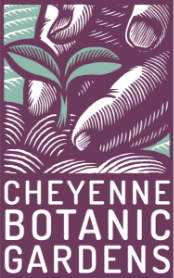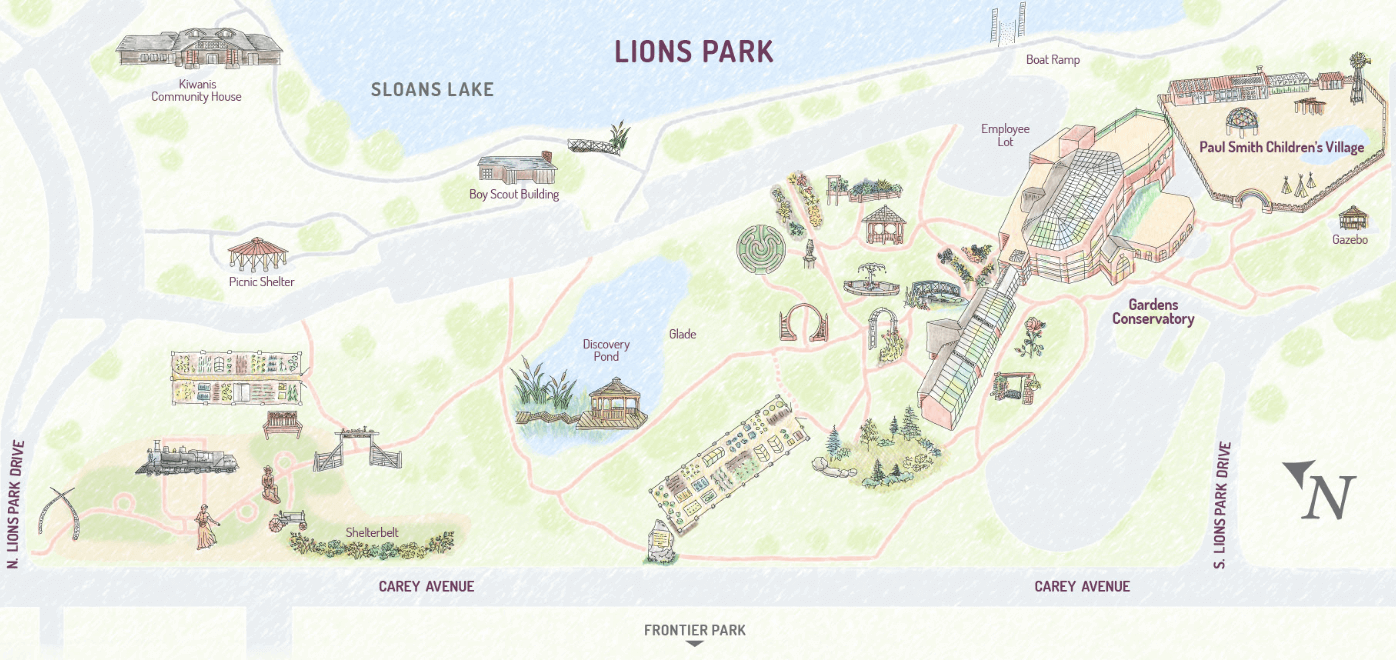Ground Covers for the High Plains – by Shane Smith
Nature hates to see bare ground. If she happens to find some, it is immediately covered with plants or leaf litter (nature’s mulch). Unfortunately, when ground is newly disturbed, Mother Nature sends out her best invaders…weeds. After the weeds have stabilized the ground, the grasses and wildflowers eventually come in, next the shrubs appear and so on, until we have a balanced ecology. This can take nature many years if not decades before things are in balance. For homeowners with bare ground, we need to help things along faster.
In places where you can’t or don’t want to grow grass, or even in-between ornamental plantings, mulch is one of the best choices to beat Mother Nature with the weed production. Some good choices for mulches include bark chips, straw, and even grass clippings. Be sure grass clippings have not been recently treated with an herbicide. For mulches to work well they need to be placed very thickly (a minimum of three inches).
You can also use living plants as an alternative to grass or mulches. Living ground covers are best placed where there is little foot traffic. In choosing ground covers we look for plants that are tough, spread quickly, attractive, and can survive winter easily. Notice that except for “attractive” these qualities are similar to weeds; they have to be tough cookies to survive and look good.
Ground covers need to fit in and thrive in the different microclimates that occur in your yard. Let’s look at some suitable choices for different situations.
GROUND COVERS FOR SHADY AREAS
Bugle Plant (Ajuga)- There are varieties with both green and bronze foliage. Both types have blue flowers early in the season. It grows 3-4″ high.
Lily-of-the-valley (Convallaria)- This is a small little lily that produces a fragrant flower in spring. Survives under evergreens and can spread readily.
Periwinkle (Vinca)– This perennial vinca should not be confused with annual vinca. Vinca is one of the few broad-leaved evergreens that survives well in Cheyenne. It vines about 6″ high and has blue flowe rs in spring. It grows well under pines and spruces.
Sweet Woodruff (Galium)– This plant prefers partial shade. It has tiny white flowers with a sweet aroma of new mown hay.
GROUND COVERS FOR SUNNY AREAS
Strawberry (Fragaria)- Yes, this edible plant can also work as a ground cover. There is one variety called “Alpine” that makes an excellent spreader which produces little one inch fruits.
Creeping Phlox (Phlox subulata)– This plant produces a carpet of colorful flowers in spring. It does not spread very fast so put in many plants to cover an area.
Thyme (Thymus)– There are several varieties of this herb. It can stand occasional foot traffic and gives off a nice scent. Snow-in-summer (Cerastium)- An excellent, hardy, 7″ tall ground cover with wooly silver foliage. It makes a mat with masses of white flowers in spring. Tolerates low moisture.
Sedum (Sedum)– There are many different varieties of this succulent-like plant. It’s tolerant of poor soils and drought. It has many colorful blooms. I prefer to plant mixtures of varieties for a patchwork quilt effect.
Pussytoes (Antennaria)– This is a low growing native which tolerates very little water. It has a wooly silver-grey leaf. Lambs Ears (Stachys)– This plant is not normally considered a ground cover, but it works quite well. It has very wooly, soft, grey leaves and spreads readily. It grows 8 to 12 inches high.
Coniferous Evergreens (Juniperus)– Low growing junipers are a durable answer to ground cover needs. There are many types to choose from. Some only grow as high as 8 inches, while others are up to 6 feet tall. See your local nursery for more detailed descriptions of suitable types of Junipers.
All the above plants are perennials. They need at least two to three years to prove their worth. During this establishment period you will have to weed, and water them regularly.
This publication is provided free by the Cheyenne Botanic Gardens, however, donations are gratefully accepted. Make checks out to Friends of the Botanic Gardens or use the donation box located in the entryway of the conservatory. Support the Cheyenne Botanic Gardens- Join the Friends of the Botanic Gardens! Call 307-637-6458 for information on benefits. Thanks for your support!




